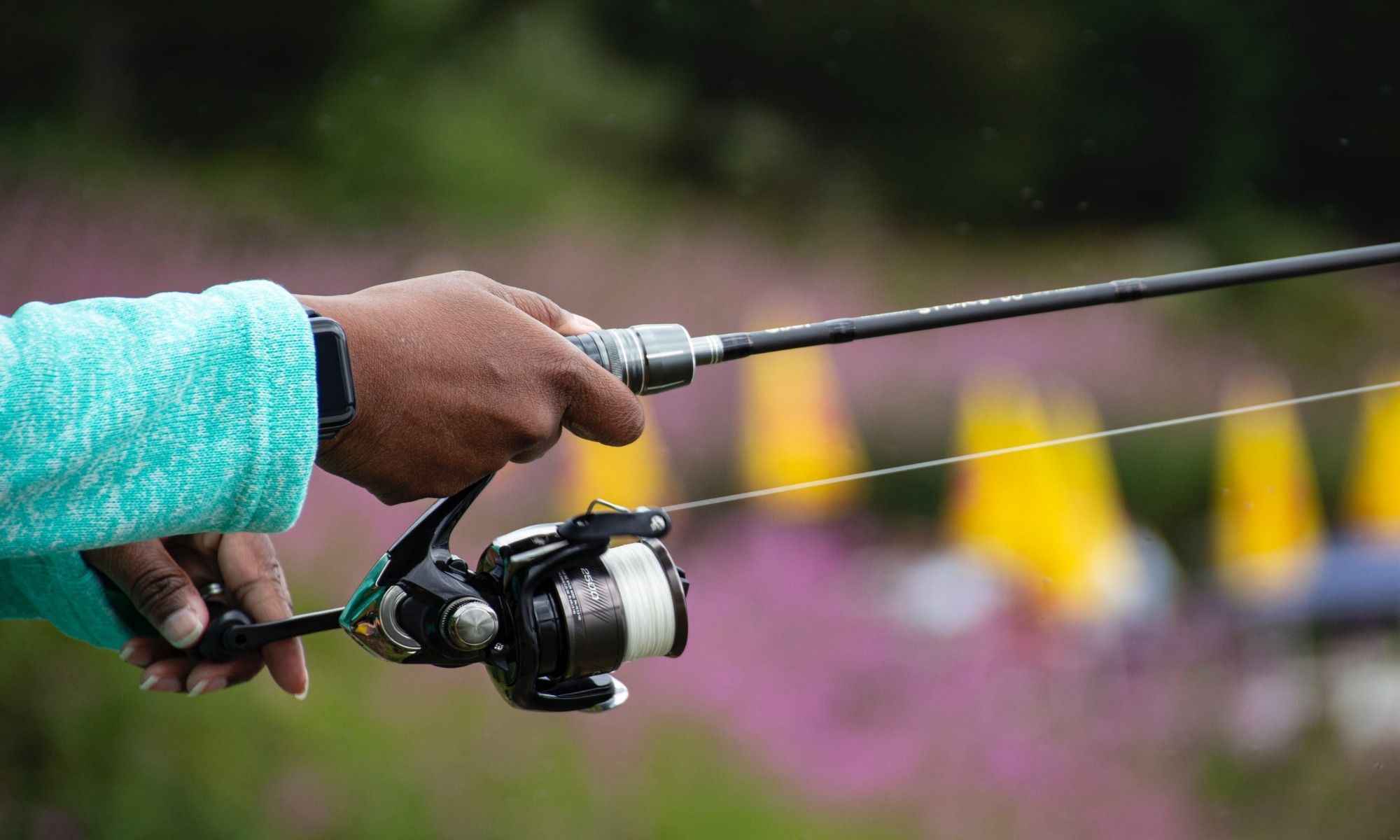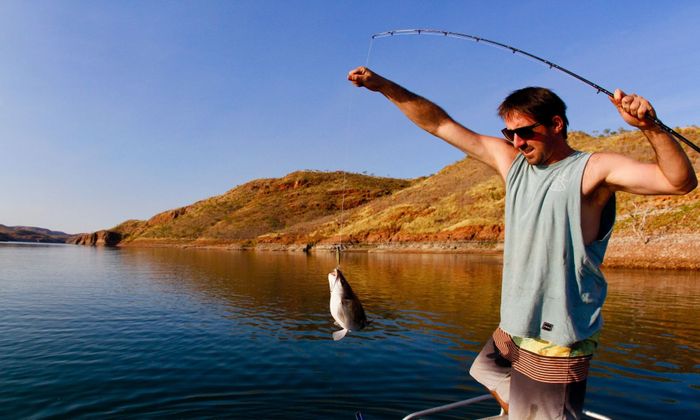Buying a New Fishing Rod: The First Things You Need to Know
Buying a new fishing rod could be a daunting task, so we're giving you the details to help you choose the best one for your preferred technique.

Buying an essential tool or instrument for any important task or hobby can be daunting, especially if it's your first time. On one hand, you're looking to purchase the most efficient tool you can afford, but at the same time, a lack of experience and knowledge may result in the wrong investment.
This dilemma likewise holds true when buying a new fishing rod. It’s important to note that a tool can be used in a variety of ways – just because it’s made to perform a specific type of task doesn’t mean it’s limited to that alone. Therefore, something like a spinnerbait rod may find a different use in the hands of another angler.
With that said, your goal is not to get the best fishing rod but the fishing rod that’s best for you. So, before you go pick up the flashiest thing that you see on the shelf, there are some things you need to know first.

Length
Rod length is defined as the measurement from the tip to the butt, and these lengths can range anywhere between 4 to 14 feet. Choosing the right rod length is vital and directly related to several factors which are how far you can cast, your accuracy, and your ability to set the hook.
Now, the all-around choice for most general purposes and beginners is commonly agreed among anglers to be a 7-foot long rod. Any rod with a greater length than that median will help you cast longer distances but are harder to handle. On the other hand, shorter rods will give you less casting distance but will offer more accuracy, especially when fishing near structures, covers, or in tight spaces.
Typically a longer rod is the better choice when wading, surfcasting, or using topwater lures in a wider target area. Short rods are better in close quarters, especially for anglers who like to use a kayak since it can help them balance better.
Power
A rod’s power indicates how much weight or pressure it can handle before it bends, and this is measured from ultralight to extra-heavy. Choosing the ideal balance of power rating for your rod and target species is essential for successfully landing your target species.
Generally, heavier rods are used for hooking bigger or stronger fish like largemouth bass. They are commonly used with jigs, topwater lures, and frogs. Now lighter rods, on the other hand, have increased sensitivity to detect even the smallest of bites from fish like walleye. Medium power rods are usually used in finesse fishing with crankbaits, jerkbaits, or spinnerbaits.
However, if you choose a rod that’s too heavy for your line and target species, there’s a chance your line might snap. Using one that’s too light affects your accuracy. You’ll want to check the line and lure weight ratings found inscribed on the rod for the actual recommended usage. But as a general rule, heavy rods are used with heavier lines, and vice versa.

Action

In the simplest terms possible, action tells you where your rod will bend and is related to how fast your rod returns to its original "at-rest" position. Action is directly connected to the rod's power rating and can dictate what kind of fish the rod can handle.
Faster action rods have bend points that are closer to the tip. They provide extra sensitivity to detect small bites. It’s often used in finesse fishing and when combined with an ultralight rod, provides extreme sensitivity to even the tiniest of movement on your hook. Moreover, it isn’t surprising that fast action rods are a favorite of bass anglers because it has a sturdier backbone and works extremely well in thick cover. These rods can usually handle stronger and bigger fish such as muskellunge and even yellowfin tuna. They snap back quickly and are ideal for harder hooksets, worms, and large jigs.
Slow or light action rods bend nearer toward the butt and are often used when fishing for small fish like panfish or rainbow trout. Small lures are best to pair with it to give you some good casting action, although they may be difficult to set the hook in the fish’s mouth since you have to pull back farther. Slow action rods are also prone to blowing away in the wind. They’re often best paired with treble hooks, spinners, and rattle baits. However, despite its recommended use for small fish, some anglers use an ultralight rod when targeting big fish since it offers an extra challenge and rush of adrenaline.
When it comes to medium action rods, these have bend points that flex in the upper half of the bank. They are often used in multiple-hook rigs and provide a good middle-range casting distance. Medium action rods are a good all-around rod to take out if you don’t know what’s in the water or don’t have a particular target species for the day. They are versatile and when paired with the right type of line or lure, can work in almost any given situation.
Material
The material that fishing rods are made of is often overlooked due to the overshadowing conditions of length, action, and power. However, it plays an important role in any angler's experience. Fishing rods are constructed out of three main materials: fiberglass, graphite, or a combination of the two, called “composite”.
Graphite rods are known for their lightweight and rigid bank but are prone to snapping more easily. However, if you are careful with them, graphite rods provide greater sensitivity to detect light nibbles, are easier to cast, and are more pleasant to handle for extended periods of time.
Fiberglass rods, on the other hand, are workhorses – they are durable, but weigh considerably more and can suffer in “feel”. They are likewise the most affordable material and are a great choice for somebody who is just starting.
If you need an all-rounder or don’t know what kind of waters you might encounter, a composite rod is a great choice to bring with you. That being said, it pretty much provides you the best of both worlds, so don’t be surprised that they’re the most expensive.
Weapon of Choice
As you can see, choosing the right rod has plenty to do with what fish you're targeting or what technique you'll be using. While you can bring a general all-around rig, mixing and matching the different factors of length, power, action, and material is half the fun in picking out a rod. No matter which rod you end up choosing, we hope that this list of things to consider will help you out.




